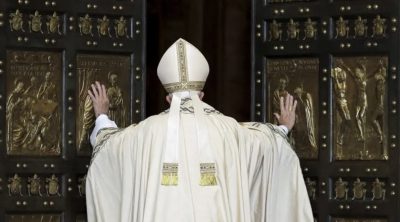EXPLAINER: How a new Pope would emerge
The passing of Pope Francis at 88 sets in motion the centuries-old process of electing a new Pope.
The election of a new pope is a rigorous process involving several stages and rituals.
Here is how it works:
The College of Cardinals, comprising ordained bishops and Vatican officials, gather in Rome to elect a new pope. Only cardinals under 80 can vote, and they are required to take an oath of absolute secrecy.
The cardinals are then locked inside the Vatican’s Sistine Chapel, where they deliberate and vote on potential candidates. A two-thirds majority vote is required to elect a new pope.
During the voting process, ballot papers are distributed and cardinals write the name of their chosen candidate. The votes are then counted, and the papers are burned, producing smoke that is visible to onlookers outside. White smoke indicates that a new pope has been elected.
Once a new pope is elected, they are asked to accept the election and choose a papal name.
For instance, Pope Francis, born Jorge Mario Bergoglio, chose his name in honor of St. Francis of Assisi, known for his devotion to poverty, simplicity, and care for the environment.
This naming tradition allows the pope to symbolically connect with a saint’s values or legacy, shaping their papal identity. Other popes have similarly chosen names that reflect their aspirations or the direction they wish to lead the Church.
The new pope is then fitted with papal robes, and the announcement is made from St. Peter’s Basilica balcony. The new pope makes their first public appearance, gives a blessing, and begins their papacy.
The entire process is designed to ensure the confidentiality and integrity of the election, with strict rules in place to prevent external influences and maintain secrecy.


